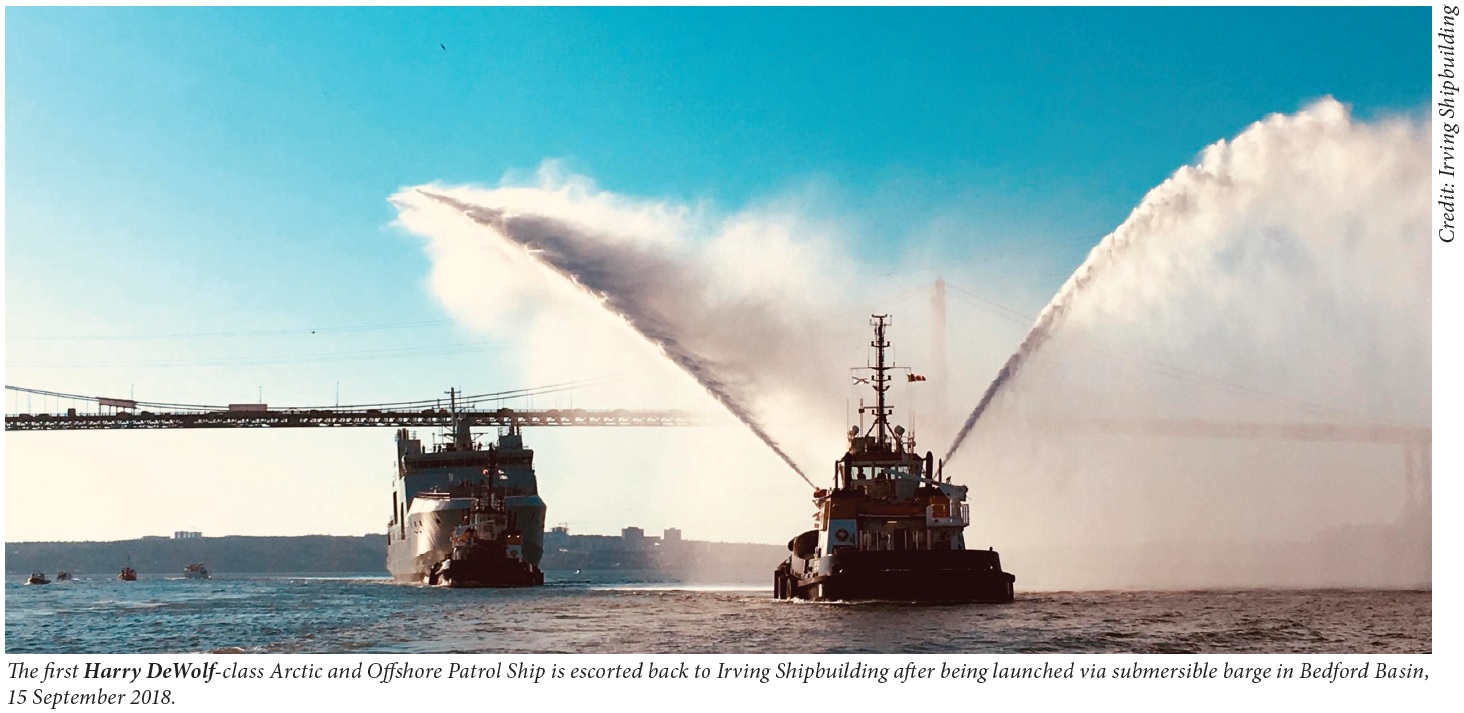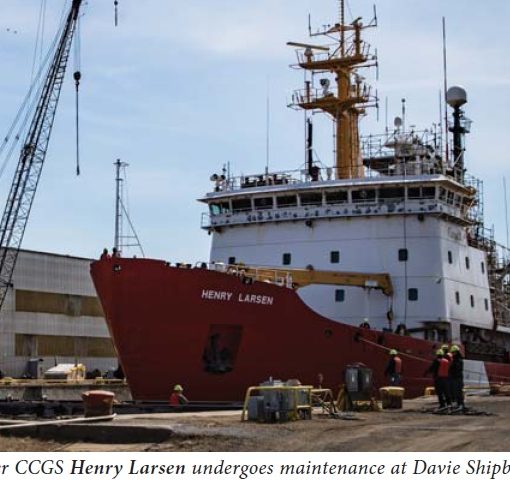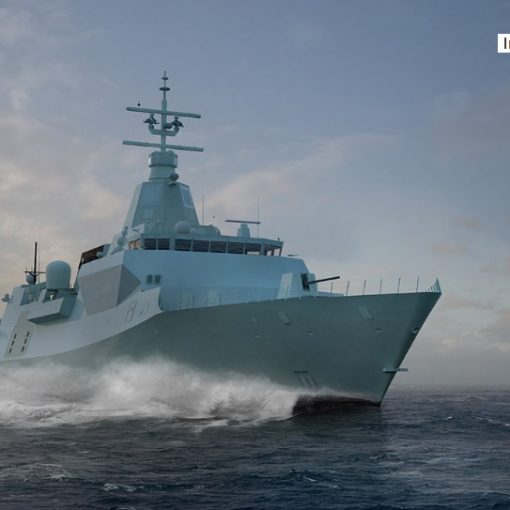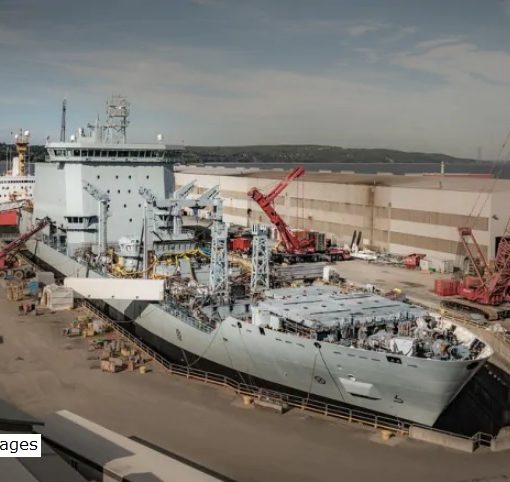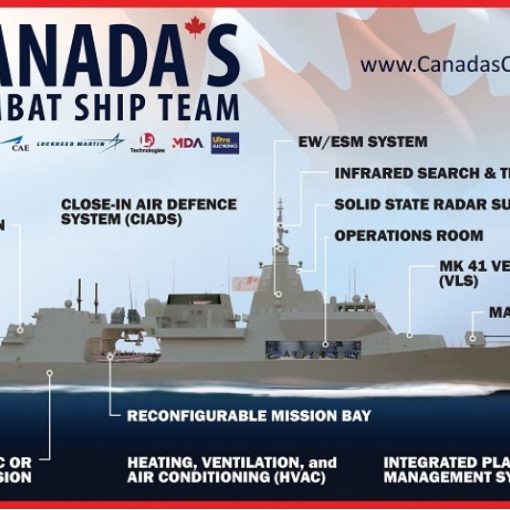Procrustes, 08 June 2020.
Shipbuilding contracts generally tend to be shrouded in mystery, and normally stir few passions. However, Canadians deserve slightly more information than they are receiving about the contracting procedures governing the NSS. What do we need to know? What types of contracts are being used? What is the rationale for using them? What fees are involved? Are they appropriate for the NSS? Why is there so much secrecy surrounding their use in the NSS?[1]
Oddly enough, while there is little written about NSS contracts, nearly everyone in the industry agrees on what they are not, namely the old, traditional cost-plus-fixed-percentage-profit contracts. These have acquired a dubious reputation through their penchant to encourage companies to pad their labour and other costs to ratchet up their profits. While the shipbuilders flatly deny that they are receiving cost-plus contracts, these denials are somewhat misleading because the type of contracts being used in NSS projects are a widely recognized form of the traditional cost-plus contracts, but with a key difference of variable fee structures. How appropriate are CRIF-type contracts for the specific major NSS programs underway?
Basic Description
Under the NSS, Ottawa is using Cost Reimbursable Incentive Fee (CRIF) contracts for its major production programs. Basically, this type of contract provides a target price for the ships being built, reimburses the shipyards for legitimate costs incurred, and then provides a sliding scale of fees (i.e. profits) depending on how well the shipbuilder constrains its production costs. If costs are held below the established target cost, the resulting savings may be shared between the government and the shipbuilder. There is also a ceiling price, above which the shipyard receives no fee.[2]
Functions
Essentially, a CRIF contract serves two key purposes: first, to create incentives for shipbuilders to keep their costs in check in order to maximize their profit return; and second, to reward shipbuilders for taking on risk, especially in new, highly complex programs. Some CRIF contracts do not just focus on costs, but also contain penalty clauses for builders who miss delivery schedules.
But we know almost nothing about how these contracts work and the basis on which the incentive fees are negotiated and administered under the NSS. For instance, were these CRIF contract terms a component of the original Umbrella Agreements with the two main shipbuilders, or are they negotiated separately for each individual production program? More importantly, are these contracts tied in some fashion to shipbuilders delivering their ships according to some agreed schedule? Moreover, are there penalties attached to cases if shipyards miss the delivery schedules?
The Actual Fees
The available record contains only the barest of hints as to what the allowed profits for NSS shipbuilders actually are, with published estimates ranging from 12-15 percent.[3] Compared to many other industrial sectors in Canada, this is a very generous rate of return. Within the shipbuilding industry internationally, this anticipated NSS profit margin compares very favourably. For example, for large European shipbuilders, the average profit rate ranged between a 1% loss in 2002 to about a 2% positive margin in 2006. US military shipbuilding profit margins were expected to rise from 8.6% in 2014 to 9.1% in 2019.[4]
How do these CRIF contracts work in practice? Are they applied on a per ship constructed basis, or do the shipbuilders only receive their profit incentives at the completion of the entire program? Because shipbuilders need to generate profits to stay in business, it is hard to imagine that it would be the latter case.
This topic needs more examination. More to come.
References:
- For analyses of contracts types in US military procurement programs, see: US Government Accountability Office, “Cost-Type Contracts: Procedures Needed for Sharing Information on Contract Choice among Military Departments” (GAO Publication No. 20-352) (Washington, DC, May 2020); and US Government Accountability Office, “Navy Shipbuilding: Need to Document Rationale for the Use of Fixed-Price Incentive Contracts and Study Effectiveness of Added Incentives” (No. 17-211) (Washington, DC, March 2017).
- See LCdr Kathleen McCoy, “Design and Analysis of US Navy Shipbuilding Contract Architecture” (unpublished thesis for Naval Engineer and Master of Science in Engineering and Management, MIT, June 2015); PMO AOPS BP NPEA, Powerpoint Presentation, “Arctic/Offshore Patrol Ship, Government-Industry Working Group 02 (2 March 2009),” Slide 11 “Proposed Basis of Payment”; Public Services and Procurement Canada, “National Shipbuilding Procurement Strategy technical briefing” (16 January 2015).
- For the various estimates, see, John Ivison, “Accusations of Irving bid-rigging for friends taint selection process for $7 billion for ship combat systems plan,” National Post, 9 August 2016; Aaron Wudrick, “Refresh the national shipbuilding strategy? Yes, please,” Toronto Sun, 1 September 2018; Testimony of James Davies, President, Davie Shipbuilding Inc., Standing Senate Committee on National Finance, Issue 90, 20 March 2019, p. 9.
- ECORYS Research and Consulting, Study on the Competitiveness of the European Shipbuilding Industry - Final Report 2009, Rotterdam, 8 October 2009, p. 100. For the US case, see, Syamsul Bachari et al., “Final Report: Shipbuilding Industry,” Dwight D. Eisenhower School for National Security and Resource Strategy, National Defense University (Fort McNair, Washington, D.C., Spring 2015), p. 3.

